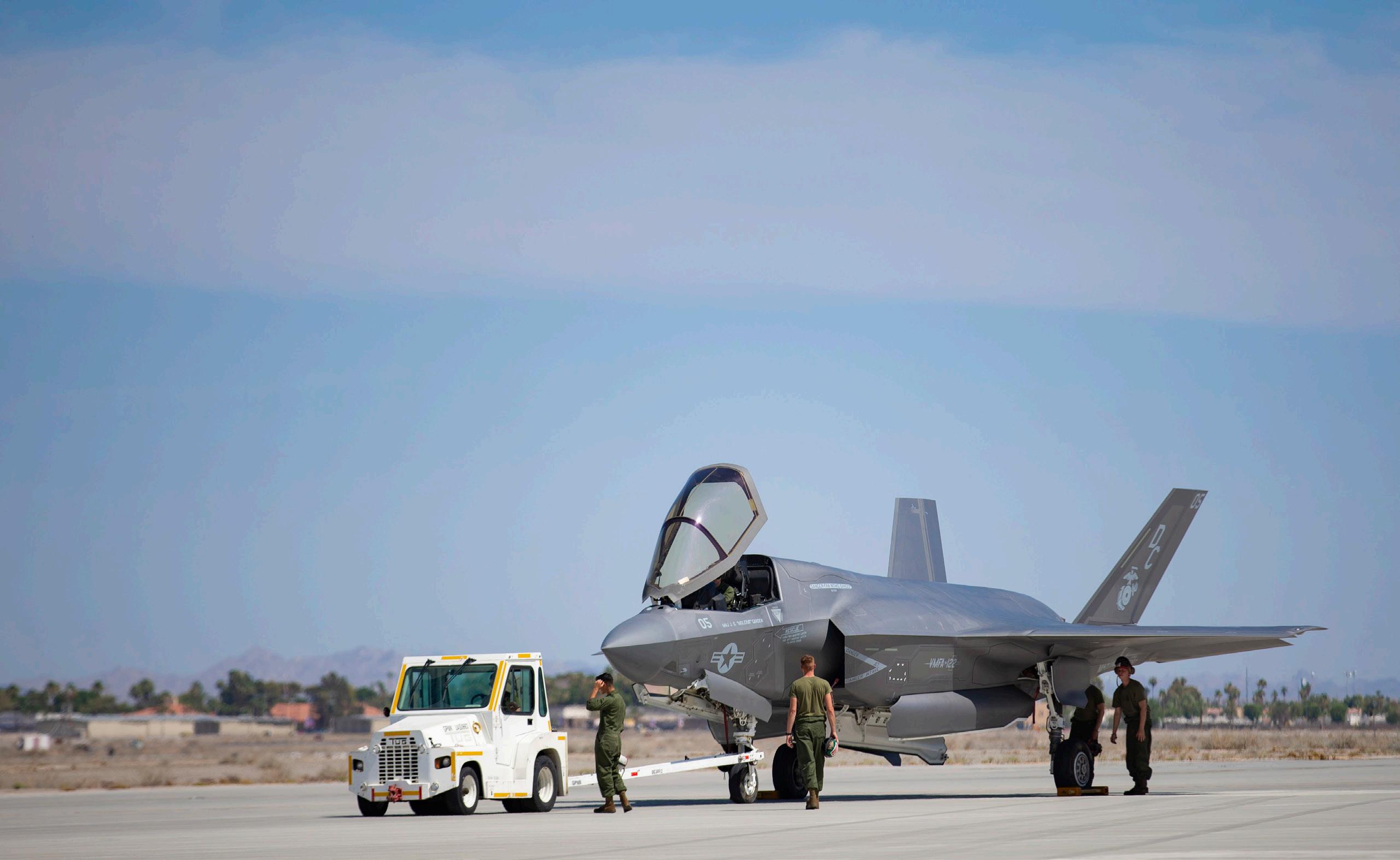
3 minute read
Lack of Resources
By Senior Chief Aviation Machinist’s Mate Anil Ramdeen
Many units throughout the Navy and Marine Corps develop deviations and assume extra risks without any mitigation due to a lack of resources to accomplish the mission. Each maintenance evolution requires a specific number of people, time, tools, parts and equipment to maintain aircraft in a ready-to-fight status. Let’s look at how the lack of any of these five resources can increase risk, interfere with one’s ability to complete a task correctly or cause damage to equipment.
People
Understaffed units’ most experienced personnel often juggle important maintenance tasks leading to confusion and mistakes. There is also a significantly higher probability of making an error while performing high-risk evolutions without required personnel. Staffing shortages are often attributed to gapped billets, but medical appointments, leave and standing duty aggravate the already heightened risks. Less properly trained personnel can affect aircraft moves, engine turns, refueling aircraft, loading and downloading ordnance on aircraft, jacking and lowering aircraft, engine removal and installation and fuel cell maintenance. Deliberate and purposeful risk management must be performed for high-risk evolutions and all naval aviation evolutions should have the proper experience, qualifications and maturity oversight, such as the required flight line/ flight deck chief and a separate hangar/ hangar bay chief to oversee tasks in each leaders’ assigned area of responsibility.
Time
Time may not be sufficient to complete the required maintenance task due to a heavy workload and a short deadline. With this pressure, personnel can skip procedural steps or decrease the quality of maintenance to make a deadline. For example, one aircraft returned from flight with a down discrepancy and is expected to be up for the next event. Mission changes on an assigned aircraft in the middle of a flight schedule drives ordnance teams to download and load the aircraft with the new loading plan for the mission in minimal time. Realistic time must be allotted to accomplish each task with quality and safety in mind to ensure no harm to people or damage to equipment. When unforeseen things change the dynamic of what was planned, they must be clearly communicated to management, including realistic extended time frames. Management must support completing the task correctly and safely without any recourse to the people trying to accomplish the task.
Tools
Not having properly designed, calibrated or correct tools for the task at hand has led to improper maintenance, injuries, damage to aircraft and support equipment, slower repair times and missed defects. For example, technicians in the H-60 community have ruined million-dollar-plus main gear boxes by not using bridge removal tool kits during scheduled inspections and support equipment technicians forced to use a standard wrench to remove mounting bolts that require a specially designed and manufactured wrench. Program offices, maintenance leaders and managers, fleet readiness centers and supply systems should ensure technicians have the correct tools to perform the assigned tasks and the tools are in good working order and properly calibrated.
Parts
Lack of spare repairable and consumable parts not only drives units to do more work through cannibalizations, extra inspections to extend something not intended to be reused or dealing with corroded or stripped hardware, but it also increases the time it takes to complete a task. When parts are needed to make an up jet and they are unavailable in the supply system, a cannibalization action might be initiated because waiting for a few hours or several days is not an option. This action may lead to a quick turnaround for an aircraft, but cannibalization increases the workload and stress on personnel. For example, a hydraulic actuator may take several days to come in through the regular supply system, but since the unit has another aircraft down for special inspections and maintenance, the required part for the flight schedule aircraft gets cannibalized. The cannibalization action now drives personnel to perform double removals, installations and operational checks, as well as recording movement and ensuring tasks for that part are set correctly in the Naval Aviation Logistics Command Management Information System. Lack of parts can increase the risk to personnel and damage to equipment due to additional work, stress, skipping procedures and re-use of degraded consumable parts.
Equipment
Not enough equipment available due to being down for maintenance or awaiting new contracts for repair parts is a fleetwide issue from all assessments conducted this year. For example, squadron A needs to move an aircraft to the wash rack to complete their 14-Day Special Inspection, but their tow tractor is turned in and the installation Fleet Readiness Center did not have another ready-for-issue tow tractor to check out. A supervisor sends personnel to find a tow tractor for the aircraft move. Often, these “tasked” tow tractor drivers find one parked on the flight line and take it without properly checking it out and, even worse, without performing the required pre-operational inspection because it was a quick move to the wash rack. A lot can go wrong without a proper pre-operational inspection for a tow tractor. Available and working equipment is needed to mitigate risk of injury or damage to equipment.
Good risk assessment, planning, communication, supervision, execution and debriefing must be practiced, to minimize risks to personnel and damage to equipment when resources are lacking, but the mission must be completed.










